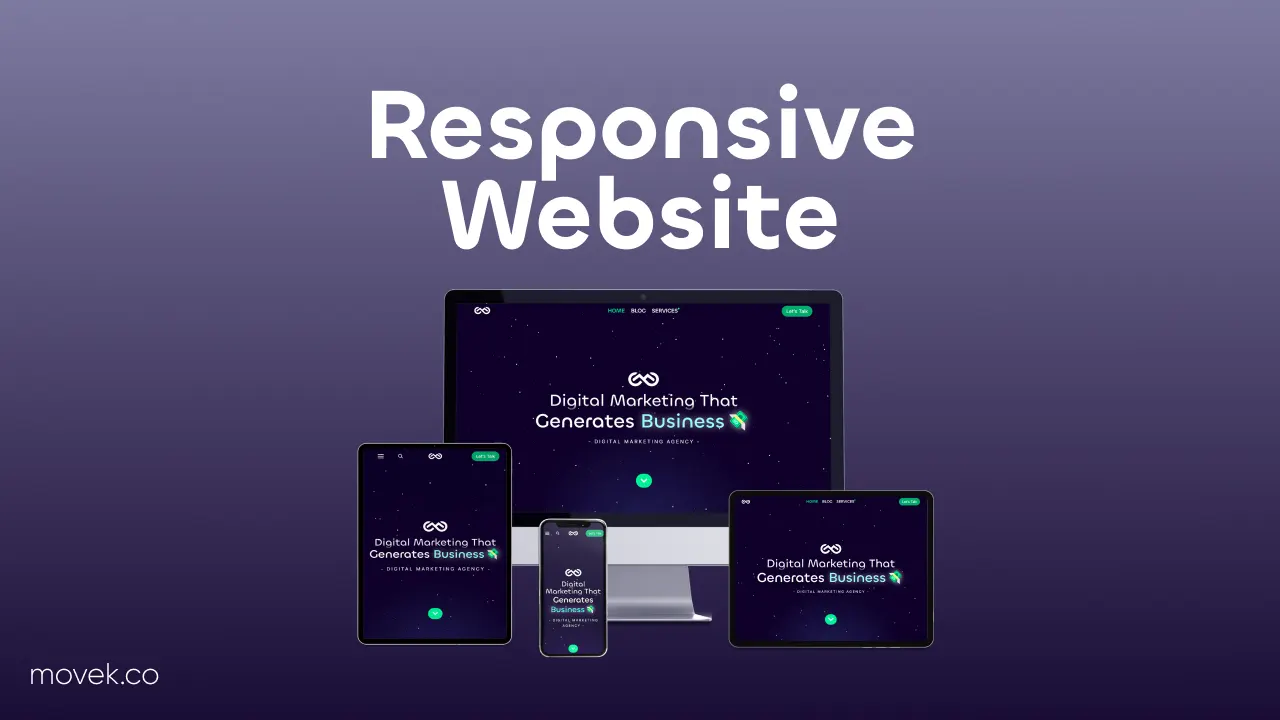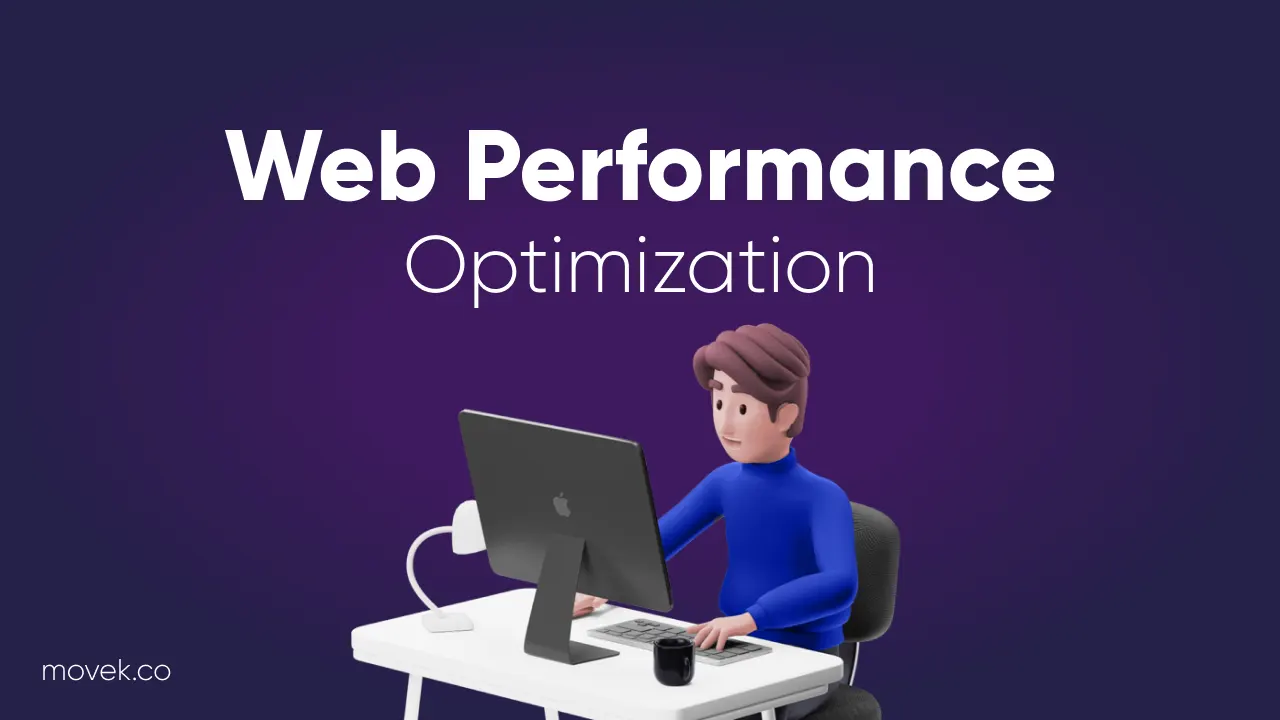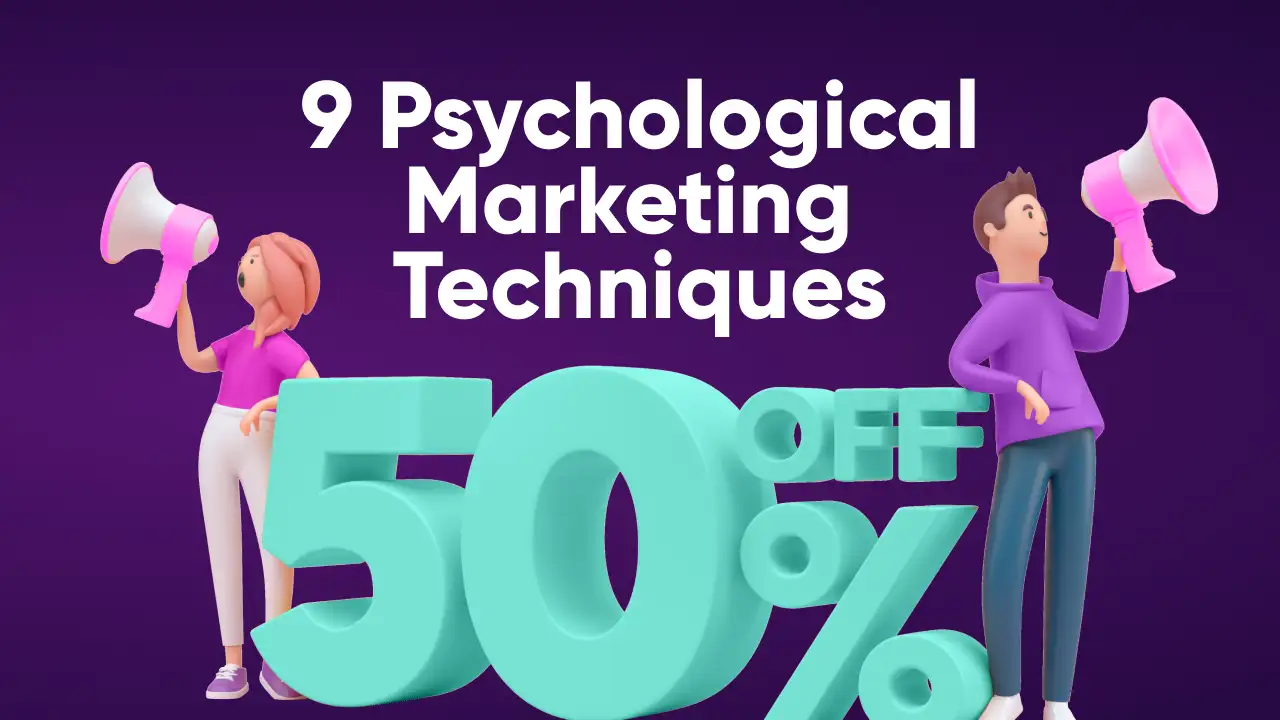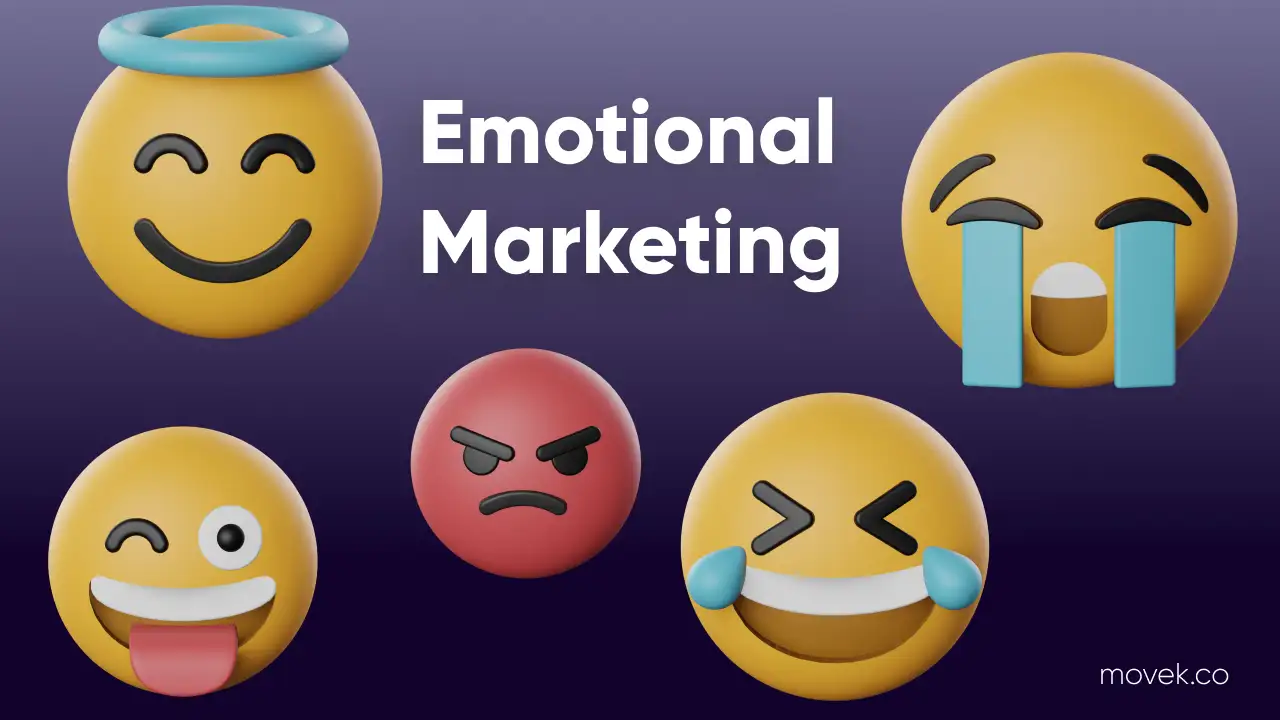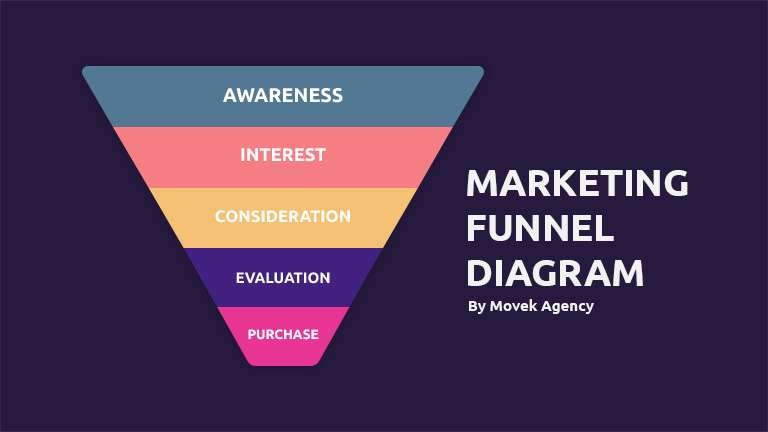
In the fast-paced world of sales, understanding and optimizing the sales funnel is vital for converting prospects into loyal customers. In this comprehensive guide, we’ll break down each component of the sales funnel and present tried-and-tested strategies that not only attract but also maintain customer engagement. Additionally, we’ll dive into real-world examples and case studies to illustrate these strategies in action.
1. Awareness: Making a Lasting First Impression
The awareness stage is where potential customers come into contact with your brand or product for the first time. This interaction must be significant and memorable.
Craft High-Quality Content That Resonates
Creating content that resonates with your target audience is crucial.
- Understand Your Audience: Research and create personas of your ideal customers. What are their pain points? What language do they use? What motivates them?
- Engaging Language and Visuals: Use a tone and imagery that align with your brand and speaks to your audience. For instance, if your target audience is young adults, a casual and energetic tone might be more effective than a corporate one.
- Address Pain Points: Create content that directly tackles the issues your potential customers face. This establishes relevance and immediately engages them.
Optimize for Search Engines (SEO) to Boost Visibility
If your content isn’t discoverable, it won’t matter how good it is.
- Keyword Research: Use tools like Google Keyword Planner or SEMrush to find what keywords your target audience is using.
- Optimize Content: Incorporate these keywords naturally into your content. This includes headers, image alt text, and the content itself.
- Mobile Optimization: Ensure your content is easily viewable on mobile devices, as a significant percentage of searches happen on mobile.
Leverage Social Media to Extend Your Reach
Social media platforms are powerful tools for building brand awareness.
- Choose the Right Platforms: Not all social media platforms are created equal. Find where your target audience spends their time. For B2B, this might be LinkedIn, while B2C might find more success on Instagram or TikTok.
- Create Platform-Specific Content: Tailor your content for each platform. What works on Instagram might not work on Twitter.
- Engage with Your Audience: Don’t just post content, engage. Respond to comments and messages in a timely manner.
Utilize Paid Advertising for an Immediate Boost
While SEO and social media can be highly effective, they often take time. Paid advertising like Google ADS or Facebook ADS is an excellent way to give your brand an immediate presence.
- Target Your Audience: Use the targeting options available in advertising platforms to narrow down your audience. This ensures that your ads are only being shown to those most likely to be interested in your product.
- Monitor and Optimize Your Ads: Keep a close eye on how your ads are performing. Don’t be afraid to tweak them if they’re not providing the ROI you’re looking for.
Putting a strong emphasis on creating high-quality content, optimizing for search engines, leveraging social media, and utilizing paid advertising, you can ensure that potential customers’ first interaction with your brand is a positive and memorable one.
2. Interest: Cultivating a Strong Connection
After capturing the attention of potential customers, it’s time to engage them further and build a strong connection. This stage is pivotal in setting the stage for the subsequent steps in the sales funnel.
Educate and Inform Through Value-Driven Content
At this point, prospects are looking for more information about your products or services.
- Informative Blog Posts: Write in-depth blog posts that inform the reader about aspects of your industry and how your products or services fit into the landscape. For instance, if you’re selling eco-friendly products, write a detailed blog post about the importance of sustainable living.
- Videos and Webinars: Produce high-quality videos that demonstrate your product or host webinars to engage with your audience in real-time. This is an opportunity to showcase your expertise.
Build Relationships with Email Marketing
Now that you’ve got the attention of your audience, it’s important to build a relationship.
- Personalized Emails: Segment your email list and send personalized content that resonates with different segments of your audience. For example, new subscribers could receive a welcome email with an introduction to your company.
- Drip Campaigns: Use automated email sequences to gradually lead your prospects through the sales funnel. Include valuable content, product highlights, and more.
Utilize Social Media to Foster Community
Building a community around your brand can be incredibly powerful.
- Engage Actively: Post regularly and engage with comments and messages. Promptly address questions and concerns.
- Share User-Generated Content: Encourage your followers to create content related to your products, and share it on your channels. This not only generates free publicity but also provides social proof.
Offer Valuable Resources as Lead Magnets
Giving something valuable to capture leads is essential.
- E-Books and Whitepapers: Offer in-depth e-books or whitepapers that provide valuable insights. For instance, if you’re in the health industry, a comprehensive guide to vitamins and supplements can be a good lead magnet.
- Exclusive Access: Provide early access to your products or services as a lead magnet. This can create a sense of exclusivity and importance.
Engage Prospects with Interactive Content
Engagement can be taken a step further with interactive content.
- Quizzes and Surveys: Use quizzes and surveys not just as a way to engage your audience, but also as a tool to learn more about them.
- Interactive Demos: Allow prospects to interact with a demo version of your product. This hands-on experience can be just what they need to move to the next stage in the funnel.
Cultivating interest is about engaging and building relationships with your audience. By educating them with valuable content, personalizing communication, fostering a community, offering valuable resources, and employing interactive content, you can effectively nurture prospects through the sales funnel.
3. Decision: Winning the Customer Over
At this stage, the prospect is on the verge of making a purchase decision. They might be considering several options, and this is your golden opportunity to sway them in favor of your product or service.
Showcase Testimonials and Case Studies
Real-world examples and social proof are powerful tools in assuring the prospect that they’re making the right choice.
- Testimonials: Gather and showcase testimonials from happy customers. It’s even more effective if you can get video testimonials. People relate more to something they can see and hear. For instance, if you are selling an online course, having past students talk about how the course changed their lives could be very powerful.
- Case Studies: Develop in-depth case studies that show how your product or service has helped others. Case studies should be detailed and data-driven. Provide real numbers to showcase the benefits of using your product/service.
Offer Comparisons and Detailed Analysis
It’s likely that your prospects are looking at your competitors too. Here’s how you can use that to your advantage:
- Competitive Analysis: Create content that compares your product with others in the market. Be honest and fair in your analysis. This will build trust with your prospects.
- Highlight Strengths: Clearly point out areas where your product stands out. Whether it is customer support, pricing, quality, or features, make sure the prospect knows why your product is the best.
Utilize Limited Time Offers to Create Urgency
- Time-Sensitive Discounts: Offer discounts that are valid for a limited period. This creates a sense of urgency for the prospects and might prompt them to make a decision quicker.
- Bonuses: Provide additional bonuses for signing up within a specific timeframe. For instance, a free consultation call for customers who purchase a subscription by the end of the week.
Consultations and Personalized Solutions
- One-on-One Consultations: Sometimes, prospects need a bit more convincing. Offering a free consultation can be a great way to understand their concerns and provide tailored solutions.
- Customized Demonstrations: Depending on your product, a custom demo that addresses the prospect’s specific needs can be highly effective. Show them exactly how they will benefit from your product.
By implementing these strategies, you are providing valuable information and assurance to the prospect, and paving the way for them to choose you over the competition.
4. Action: Facilitating the Purchase and Building Long-Term Loyalty
Once the customer has decided to make a purchase, it’s crucial to ensure a smooth buying process and start building a long-term relationship. This stage is about not only closing the sale but also setting the foundation for future engagement.
Streamline the Checkout Process
A complicated or lengthy checkout process can deter customers from completing their purchase.
- Reduce Steps: Minimize the number of steps required to complete a purchase. Enable features like one-click checkout for returning customers.
- Multiple Payment Options: Offer a variety of payment methods. Different customers have different preferences when it comes to payment, and accommodating them can reduce friction.
- Assure Security: Clearly display security badges and certifications to assure the customer that their data is safe. This builds trust.
Post-Purchase Engagement Strategies
After the purchase is complete, your relationship with the customer shouldn’t end.
- Thank You Emails: Send a personalized thank you email. This shows the customer that you value their business.
- Request Feedback: Ask the customer for feedback on their shopping experience. This can provide valuable insights into areas where you can improve.
- Product Guides and Tutorials: Provide guides or tutorials that can help the customer get the most out of their purchase. This adds value and enhances customer satisfaction.
Build Loyalty Through Exceptional Customer Service
Outstanding customer service can turn a one-time buyer into a loyal customer.
- Be Accessible: Offer multiple channels for customer service including chat, email, and phone. Ensure that the customer can easily find how to contact you.
- Quick Response Times: Aim to resolve customer queries and issues as quickly as possible. This shows that you value their time and business.
- Proactive Communication: If there’s an issue that affects multiple customers, such as a shipping delay, communicate proactively to keep them informed.
Implement Loyalty Programs
Loyalty programs can incentivize repeat business.
- Rewards for Repeat Purchases: Implement a points system where customers earn points for each purchase, which can be redeemed for discounts or products.
- Referral Bonuses: Encourage your customers to refer friends and family by offering them rewards for each successful referral.
- Exclusive Access or Content: Offer loyal customers early access to new products or exclusive content. This makes them feel valued and appreciated.
Analyze and Optimize for Future Interactions
Understanding customer behavior post-purchase is key to optimizing future interactions.
- Analyze Data: Use tools like Google Analytics to understand how your customers are interacting with your site post-purchase.
- Optimize: Use the data to make improvements. This could be anything from improving your checkout process to ensuring that your customer service channels are easily accessible.
The Action stage is not just about making the sale, but about beginning a long-term relationship with the customer. Through a streamlined checkout process, post-purchase engagement, exceptional customer service, loyalty programs, and continuous optimization based on data analysis, businesses can ensure customer satisfaction and encourage repeat business.
5. Retention: Cultivating Lifelong Customers Beyond the Initial Purchase
Customer retention is often an overlooked, yet critical component of the sales funnel. Securing a sale is just the beginning; the true value lies in nurturing a long-term relationship with the customer, encouraging repeat purchases, and transforming them into brand advocates.
Foster Customer Loyalty Through Exclusive Benefits
Once a customer has made a purchase, offering exclusive benefits can strengthen the bond.
- Loyalty Points and Rewards: Develop a points-based system where customers accumulate points for every purchase, which can be redeemed for products, services, or discounts.
- Members-Only Content: Provide customers with access to exclusive content such as webinars, e-books, or premium articles.
- Special Events and Experiences: Invite loyal customers to exclusive events or experiences that are not available to the general public.
Engage Regularly without Being Overwhelming
Maintaining communication with customers is key, but it’s important not to overdo it.
- Newsletters: Send monthly or bi-weekly newsletters with valuable content, updates, and promotions.
- Personalized Recommendations: Use customers’ previous purchases and browsing history to provide personalized product or service recommendations.
- Celebrate Milestones: Recognize customer anniversaries or milestones with a personalized message or special offer.
Utilize Feedback to Continuously Improve
Customer feedback is invaluable in improving products and services.
- Surveys and Polls: Regularly conduct surveys and polls to gauge customer satisfaction and gather feedback.
- Feedback Integration: Take customer feedback seriously and integrate it into your product or service development.
- Communication of Changes: When you make changes based on customer feedback, communicate this to them. This shows that you listen and value their input.
Implement Win-Back Strategies for Churned Customers
Sometimes customers lapse. Implement strategies to re-engage them.
- Re-Engagement Campaigns: Send personalized emails to customers who haven’t made a purchase in a while, incentivizing them to return.
- Analyze Churn: Analyze why customers are leaving. Is it something in your control? If so, address it.
Empower Customers to Become Brand Ambassadors
Happy customers can be your best promoters.
- Referral Programs: Create a referral program that rewards customers for bringing in new business.
- User-Generated Content: Encourage customers to create content related to your brand, and feature it on your platforms.
- Brand Communities: Create a brand community where customers can connect, share experiences, and offer advice to each other.
Customer retention should be an ongoing effort that focuses on nurturing relationships, engaging in meaningful communication, integrating feedback, re-engaging churned customers, and empowering customers to become brand ambassadors. It’s not just about retaining a customer; it’s about creating a brand advocate who will bring in additional customers.
Wrapping Up
Understanding and optimizing the sales funnel is essential for any business looking to acquire and retain customers. By implementing these strategies and regularly analyzing their effectiveness through tools like Google Analytics, you can build a sales funnel that consistently converts prospects into loyal customers.
Ready to take your sales funnel to the next level? Share this article on social media and join the conversation!
Did you find this guide helpful? Subscribe to our newsletter for more insights and tips on sales and marketing!
Latest Blogs
What is Responsive Website?
Website Performance Optimization Tips (2023)
9 Psychological Marketing Techniques to Drive Sells
Boost Your Sales with Emotional Marketing
